The first thing you need to do is understand how the data in the problem is encoded.
Imagine that the possible transmissible symbols are 64. Whenever the
transmitter needs to transmit a value=n, it sends n-1 bits to the
channel, each one T/(n-1) seconds apart starting from the beginning of
the same slot.
This looks like each symbol consists of a time slot of time T, and that n-1 pulses are sent within that timeslot to represent the value n.

The problem says that the maximum value of n is 64. Therefore you can at most represent one number in the range of 0 to 63 within each time T.
What is the maximum bandwidth of an analog signal that can be
transmitted without losing any information through this system if 4
bits are used for its quantization?
To find your answer you need to figure out the following.
How many 4-bit values can encode in a number ranging from 0 to 63. Lets call that X. Hint: log2(64) = 6.
If sending X 4-bit values takes T seconds, then how many 4-bit values can you send per second. Lets call that Y.
Given that you can send Y 4-bit values per second. What is the maximum bandwidth of the signal that you can sample while still sampling at the minimum required rate to not loose information. Hint: The Nyquist sampling theorem says that you must sample at twice the signgal bandwidth prevent information loss.
